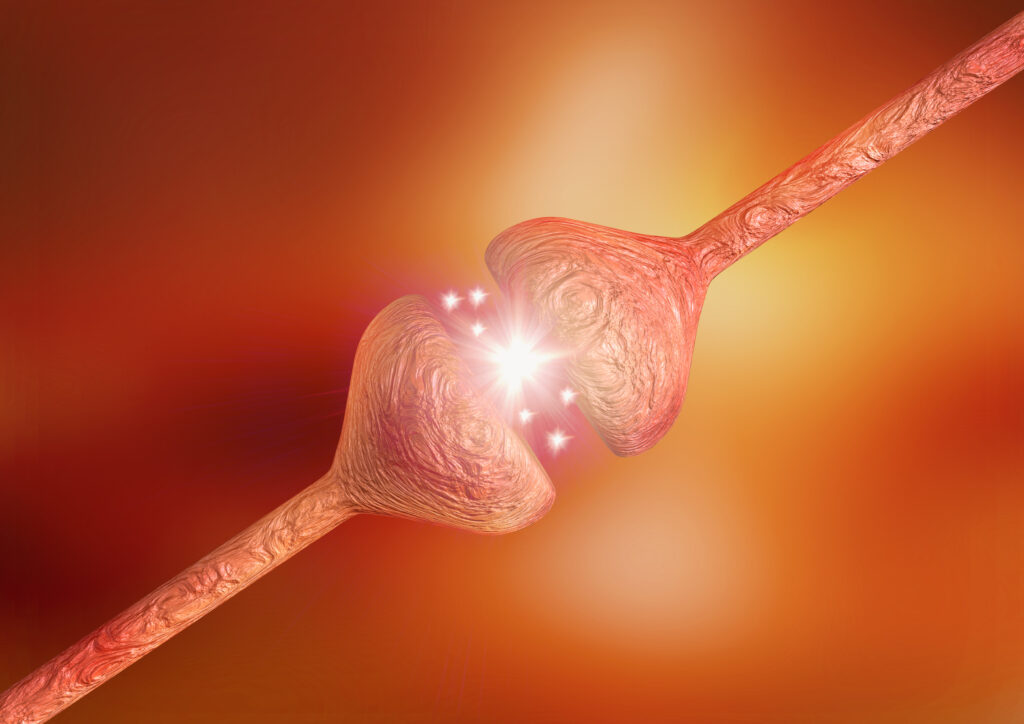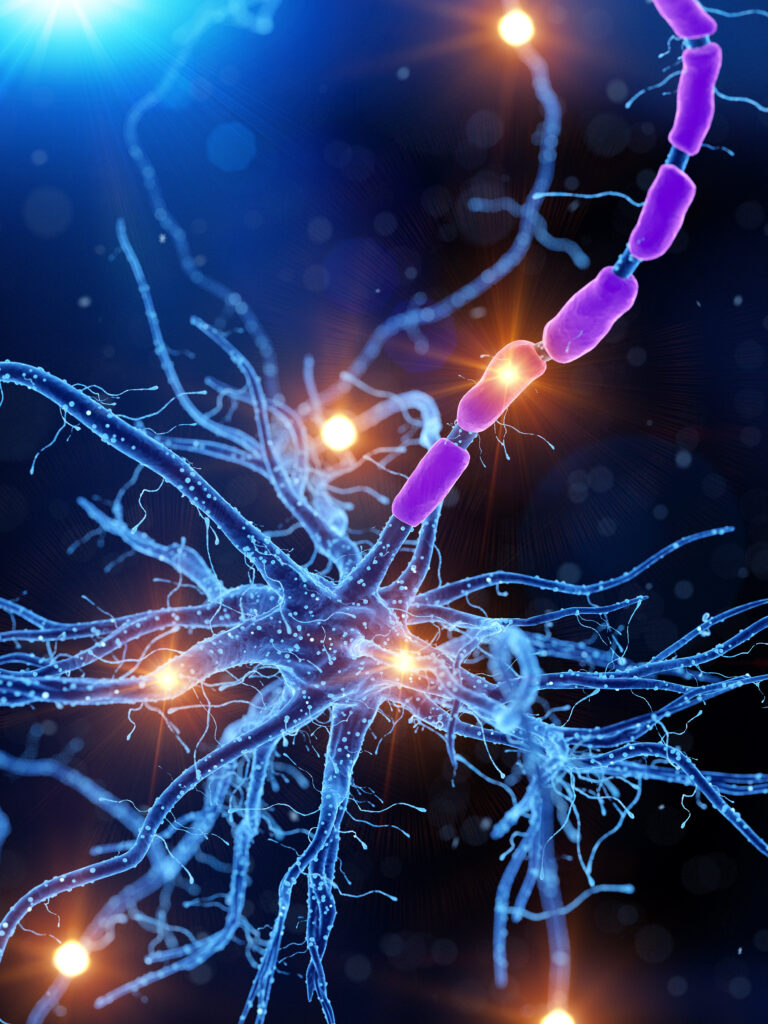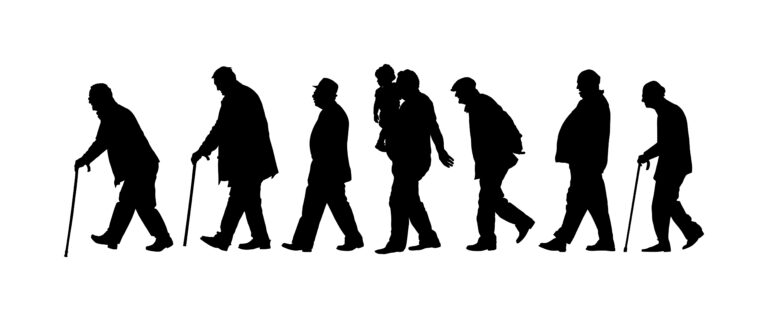
Dementia is a complex and multifactorial disease that affects different regions of the brain in different ways. It is characterized by a progressive decline in cognitive function, memory, and the ability to perform daily activities.
In Alzheimer’s disease, the most common form of dementia, the neurons that are most affected are the cholinergic neurons, which use the neurotransmitter acetylcholine to communicate with other neurons. These neurons are involved in memory, learning, and attention, and their loss is a hallmark of Alzheimer’s disease. As the disease progresses, other types of neurons, including those in the hippocampus and frontal cortex, are also affected.
In vascular dementia, the neurons that are most affected are those in the areas of the brain that are supplied by the damaged blood vessels. This can vary from person to person, depending on the location and severity of the vascular damage.
In Lewy body dementia, the neurons that are most affected are those in the brain regions that are affected by the Lewy bodies, which are abnormal protein aggregates. These regions include the cortex, hippocampus, and brainstem, and their loss leads to a range of cognitive and motor symptoms.
In addition to the loss of specific types of neurons, dementia is also characterized by changes in the structure and function of the brain as a whole. These changes can include atrophy, or shrinkage, of certain regions of the brain, as well as the formation of abnormal protein aggregates such as amyloid plaques and tau tangles.
Overall, dementia is a complex and multifactorial disease that affects different regions of the brain in different ways. The loss of specific types of neurons is a hallmark of the disease, but the underlying causes and mechanisms are still being studied.





